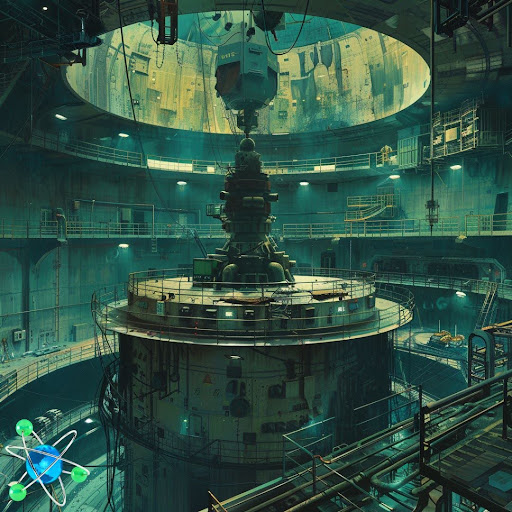
- The Department of Energy’s budget request outlines significant investments in nuclear energy, including securing a supply of high-assay low-enriched uranium and supporting advanced reactor projects.
- Funding allocations also extend to establishing testing facilities, advancing university research, and leveraging digital tools for nuclear supply chain enhancement.
- The broader DOE budget proposal underscores a commitment to clean energy innovation, with substantial funding designated for fusion energy research and initiatives aimed at addressing the climate crisis.
The President’s comprehensive budget request to the US Congress serves as a roadmap, delineating the Administration’s policy objectives, funding priorities, and economic projections for the upcoming fiscal year. This request undergoes a rigorous examination by both chambers of Congress, with hearings convened to assess its merits before final approval. The US fiscal year commences on October 1st.
Within the Department of Energy’s (DOE) Office of Nuclear Energy budget request, several key allocations have been highlighted:
Firstly, a substantial sum of 188 million USD is earmarked to secure a near-term supply of High-Assay Low-Enriched Uranium (HALEU) for research and demonstration projects supported by the DOE. This allocation encompasses efforts such as the recovery and downblending of government-owned legacy uranium and the enhancement of enrichment operations in Piketon, Ohio.
Secondly, 142.5 million USD is allocated to support the execution of five advanced reactor projects under the DOE’s Advanced Reactor Demonstration Program. These initiatives are aimed at fostering innovation in nuclear energy technology.
Thirdly, an investment of 56 million USD is proposed to establish new testing facilities at US national laboratories. This includes the completion of the construction of the NRIC DOME microreactor test bed at Idaho National Laboratory, among other endeavors.
Additionally, 143 million USD is designated to support research and development efforts in universities, while 32 million USD is allocated to advance the use of digital tools and manufacturing methods, such as artificial intelligence and additive manufacturing, to fortify nuclear supply chains.
Furthermore, 8 million is requested for projects aimed at supporting the international deployment of US reactor technology.
Beyond these nuclear-focused allocations, the broader DOE budget request includes 8.5 billion USD to bolster clean energy research and innovation. Notably, 845 million dollars is set aside for a Department-wide initiative to expedite the viability of commercial fusion energy, aligning with the Bold Decadal Vision for Commercial Fusion Energy announced by the DOE in 2022.
In response to the proposed budget, Secretary of Energy Jennifer Granholm underscores the importance of these allocations in translating the President’s clean energy investments into tangible outcomes. She emphasizes the imperative of addressing the climate crisis while fostering an inclusive clean energy economy that uplifts communities nationwide.
